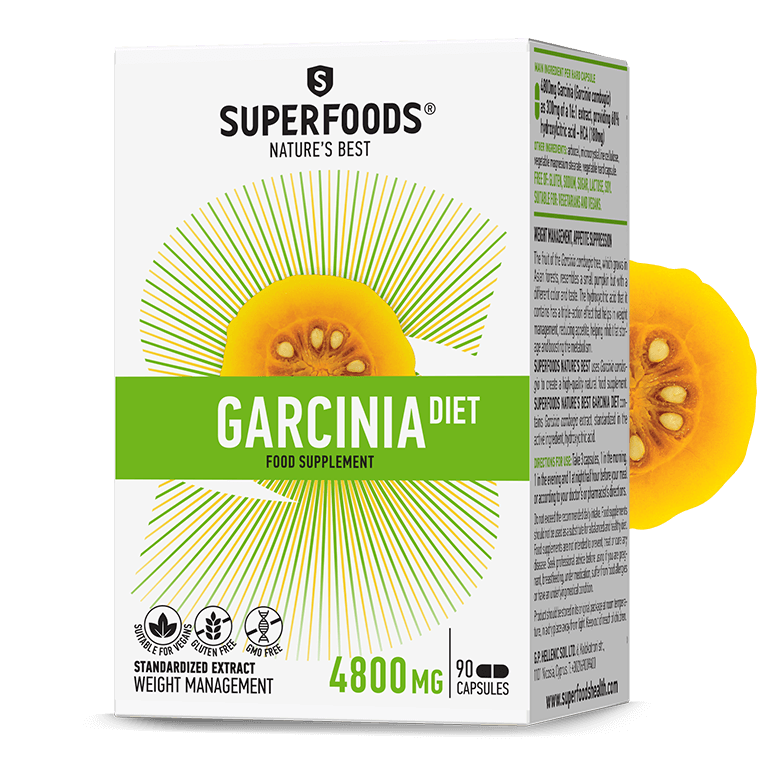
It does not mean that you should eliminate salt from your daily diet. It is possible to still enjoy many tasty foods with low sodium. It is important to choose the right foods. Here are some examples: canned goods, processed meats, and cheese. In addition, you can opt for low-sodium tomato juice and paste. Low-sodium meats, dairy products and other products can also help you save money and time.
There are many foods low in sodium, including fresh fruits and vegetables as well as whole-grain pasta. Nuts are rich in healthy fats, which make them a great source for protein, fiber, essential vitamins, and minerals. Nuts are rich in antioxidants which protect against free radical damage and counter the harmful effects of sodium. This article will show you how to cut down sodium.
You can avoid the negative effects of sodium by choosing food labels that clearly state its sodium content. For example, look for the "Heart-Check" seal. Some of the most popular processed meats contain high amounts of sodium, and you should avoid these products. In addition, make sure to check the ingredients and make sure they are labeled as "low sodium" or "low sodium." Try cooking with fresh herbs, if necessary. Garlic powder, onion powder, and celery seed are good alternatives.
To cut your daily sodium intake, try substituting processed cheese for low-sodium ones. Use substitutes like cottage cheese, buttermilk, and mozzarella. You can also replace table Salt with spices, and substitute canned drinks for homemade. You should also avoid canned foods and roasted salted nuts. These types of foods are high in sodium and should be avoided. It is also a good idea not to rinse canned food with water before you consume them.
Try spreading your sodium around throughout the day to reduce sodium intake. You can reduce sodium intake by choosing fruits and vegetables and avoiding high-sodium foods. Ask for less sodium at restaurants. Custom-made meals are healthier and have less sodium. Ask for sauces or dressings to be served with your order at a restaurant. You can request lower-sodium options when dining out.

The first step to follow when reducing sodium intake is to check the labels of the foods you eat. Always read labels. You can read the serving size, the ingredients, and the sodium content. A product should not contain more 140mg sodium per portion. To make popcorn even more delicious, you can add spices. This snack is rich in fiber and low in sodium.
Although salty foods are best avoided, there are still foods that are low-sodium. Whole grains and breads both have high fiber content and are low on sodium. For example, rice bran is an excellent source of fiber, and has only 6 milligrams of sodium per cup. Be aware that whole grain products can contain additional salt. For example, multigrain bread has nearly 170mgs sodium.
If you want to reduce sodium in your diet, try eating fresh fruit. Fresh fruits are low in sodium and high in essential vitamins, minerals. An apple, for example, contains approximately one milligram (or 6%) of the recommended daily sodium intake. Greek yogurt has the same amount of sodium as plain yogurt, but more protein and is a great option when you're watching your sodium intake. It's also rich in potassium, which is vital for maintaining healthy blood pressure.

Some foods are very high in sodium. They are still very low when compared to other foods. Although vegetables are rich in fiber and naturally low sodium, they are also high in sodium. For example, a cup full of beets can have 84mg of sodium and half a bowl of spinach can have 63mg. Avocado, green beans and asparagus are other "salt-free foods".
FAQ
What Are the Requirements To Be a Chef?
A bachelor's degree in culinary art is necessary to become a professional chef. A number of ACF tests will be required. After you have completed all requirements, you will receive a certificate confirming your qualifications.
How can leftovers be stored in the most efficient way?
Tupperware containers can be used to store leftovers. These containers preserve food freshness and stop odors from developing. These containers keep food warm for longer periods of time. Leftover food can be frozen in freezer bags. When freezing food, place the bag inside another freezer bag so that air doesn't escape. After the food is frozen, place it in a sealed container like a ziplock bag.
How much does it cost to study Culinary Arts?
There are many factors that influence the cost of learning culinary arts. A four-year degree usually costs around $40,000. A two-year associate degree, on the other hand may cost less than $5,000. The tuition rate you choose depends on the program. Private institutions charge higher prices than public ones.
Statistics
External Links
How To
How to make an omelet that is perfect
Omelets is one of my favourite breakfast foods. But how do you make them perfectly? I have tried many different recipes and methods, but none of them work. So I am sharing some tips and tricks today to help you make fluffy, delicious omelets every morning.
First, eggs can be very temperamental ingredients for making omelets. The eggs must be fresh from an organic source and kept at room temperature until they are ready to be cooked. The yolks and whites will not form properly if they aren't kept cold enough. Your omelets will look strangely colored if this happens. If you intend to cook your eggs immediately, it's best to use room-temperature egg.
Another tip is to separate each egg before adding them to the saucepan. The yolk and white should not be mixed together as this can cause the omelet's curdle.
If you add the egg directly onto the stovetop, you might end up burning the bottom part of the egg, which would ruin the texture of your omelet. Instead, microwave the egg for 10 seconds before adding it to the pan. The heat from the microwave cooks the egg just enough without overcooking it.
Next, let’s talk about mixing the egg. When mixing eggs, it is important to thoroughly beat them. You need to turn the bowl of the mixer upside down. Then shake the bowl vigorously. The egg will be thoroughly mixed in the bowl as the air is whipped.
Now it's time to have fun: pour the milk into the mixture. Mix half of the milk with the eggs. Then fold the eggs in half into the remaining milk. Do not worry if you see streaks of egg; they will disappear when the omelet is flipped.
After folding the eggs fold the pan onto medium heat. When the oil starts to hot, wait for the pan to cook. Once the oil starts getting hot, add 1/4 cup of butter to the pan and swirl it around to coat the entire surface of the pan. Carefully open the pan's lid and add salt to the pan. An additional pinch of salt will prevent the omelet form sticking to your pan.
Once the omelet forms, cover the pan again. Let the top side set completely. Flip the omelet with a spatula, or flip it upside down. Cook the other half for another minute. Take the omelet out of the pan and immediately serve.
This recipe is best made with whole milk. However, it can also be used with skimmed milk.